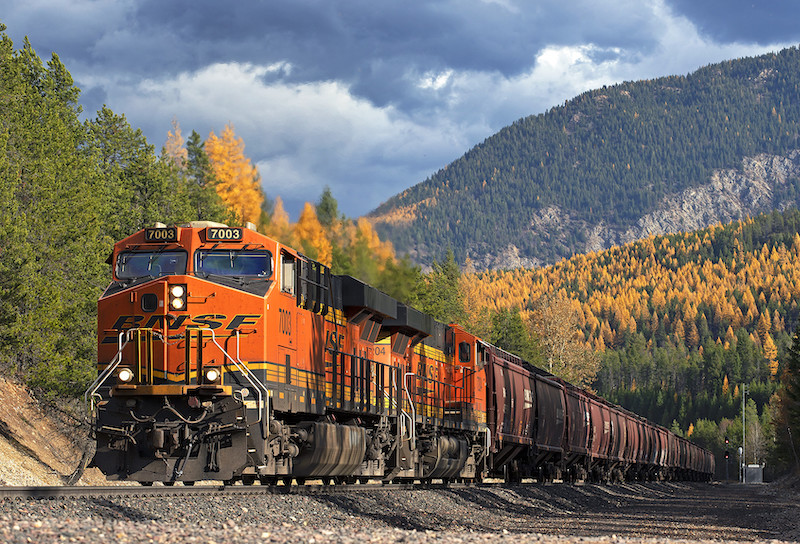At approximately 11:00 PM Central Time June 23, amid the heatwave, torrential rain and flooding plaguing the Midwest in recent days, the center span of BNSF’s Aberdeen Subdivision bridge over the Big Sioux River in South Dakota collapsed. The location is North Sioux City, just northwest of Sioux City (which is served by BNSF’s Sioux City Subdivision and a Union Pacific subdivision of the same name). Track washouts in the region are disrupting BNSF traffic.


“We have been monitoring the region through our increased track inspections and had not been operating over the bridge at North Sioux City as a precaution, given conditions,” BNSF Director of External Communications Kendall Sloan said. “All trains are being rerouted via Creston, Iowa. We will continue to monitor and inspect conditions in the area and execute recovery operations as needed.”

“The Big Sioux River crested around 3:30 a.m. Sunday at about 44.98 feet,” KTIV reported June 24. “That crest came several hours sooner than expected and also came in several feet higher than predicted. The amount of rain this region has seen in the past few weeks is wreaking havoc throughout the area. Losing this rail passage between South Dakota and Iowa is a devastating blow to this region. And state officials said … it will likely be months before this line is open again.”
BNSF: “TRACK WASHOUTS REPORTED IN MULTIPLE LOCATIONS”

“BNSF is currently addressing several disruptions to service and operations across the Midwest following record-breaking flooding across Iowa, South Dakota and Minnesota,” the railroad said in a June 24 service advisory. ”Several subdivisions, either partially or in full, remain out of service due to high water levels, flood-related damage to affected tracks, or both. BNSF crews are working to clear debris and repair damaged tracks in areas where water levels have receded, however, additional heavy rainfall and flash flooding are expected in the area for the next 24-48 hours.
Multiple road closures have been reported, which have affected our ability to move restoration materials, train crews and other personnel. BNSF operating teams are re-routing traffic as much as possible to minimize service disruptions. Customers with shipments scheduled to move through this region should expect delays and extended transit times and may notice nonstandard routings, locations and interchanges when tracing their freight.”


One thought on “BNSF Suffers South Dakota Bridge Collapse”